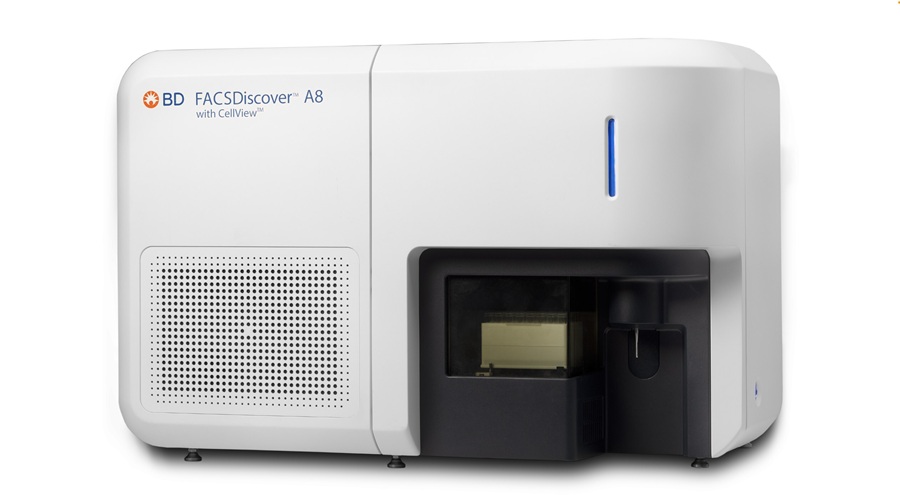Lab Information Systems Sector Reaches 1 Billion
By LabMedica International staff writers
Posted on 28 Feb 2016
The global laboratory information systems (LIS) sector reached USD 1 billion in 2015, in part due to the expected rebound of independent labs, according to a new healthcare market report on LIS.Posted on 28 Feb 2016
The new report, “World Market for Laboratory Information Systems” by Kalorama Information (New York, NY, USA), focuses on the market for LIS (also known as LIMS – laboratory information management systems) in clinical diagnostic healthcare and pharmaceutical drug discovery laboratories, although other drug research & development labs are included.
After seeing business contract by nearly 5% over the past 5 years, independent labs are projected by Kalorama to realize new growth from expected increases from previously uninsured patients.
One of the main motivators for harnessing automation in laboratories involves increasing productivity by minimizing non-value-added steps, including such processes as sorting tubes, decapping, centrifugation, loading analyzers, and prepping & sorting materials for storage. Non-value-added steps usually can be addressed by automated systems. Many LIS offer modular-based systems with customizable functionality, scalability, and a high level of adaptable connectivity for access to EMRs.
Labs “anticipate much from their LIS, including an ability to connect virtually all lab instrumentation, perform automated data collection, and track workflow,” said Bruce Carlson, publisher of Kalorama Information, adding that installation of a LIS has “potential to increase a laboratory's productivity in the range of 40%-50% over time.”
Kalorama thinks there is a need for LIS in drug discovery and early-stage development to provide global access and enterprise visibility for cross-functional groups to leverage work already done and increase operating efficiency. Seamless enterprise-wide integration is a necessity as it makes key knowledge originating in the laboratory available to management in real-time. Integrating instrumentation and laboratories at different locations facilitates better data correlation and collaboration, end-to-end report generation, and more-secure data exchanges. Many believe that the LIS will become a central system for integrating all the data as the system is often the data management work horse, as well as a component of broader integration efforts.
Kalorama’s report provides full market coverage, including key facts about diagnostic labs; growth (1997–2014, and estimated 2015); world LIS market (2015–2020) for clinical, NGS, and drug discovery labs; major pharmaceutical companies, number of potential lab sites for LIS (2015); selected vendors; sites operating LIS; recent key vendor mergers & acquisitions; and more.
This report generally forecasts future growth to 2020. Market segments covered include North American, European, Brazilian, Chinese, and Japanese markets, as well as segments for LIS software, hardware, and implementation services.
Related Links:
Kalorama Information
World Market for Laboratory Information Systems, report













